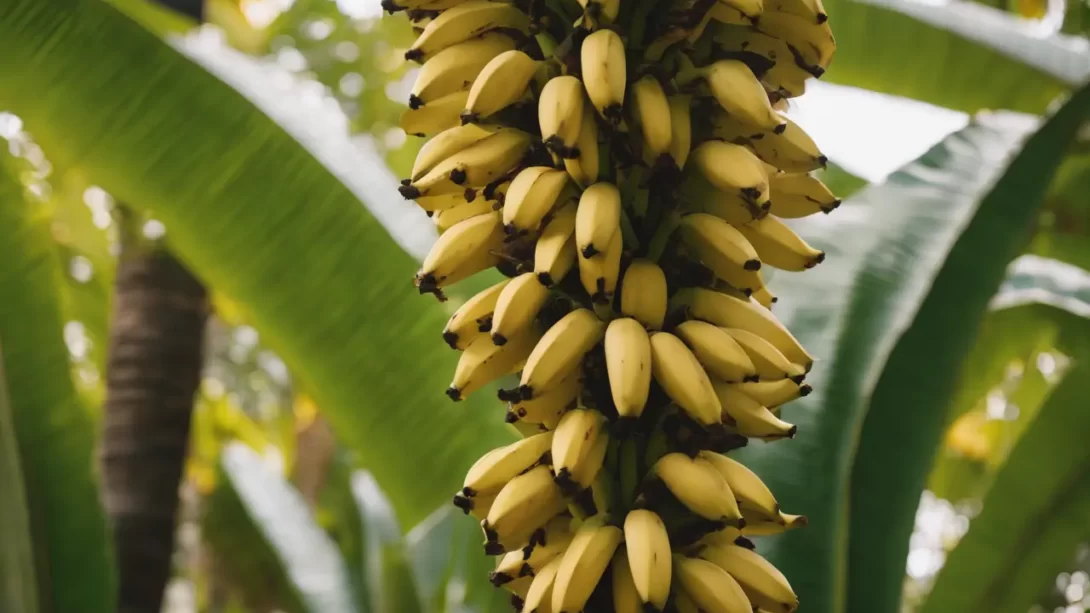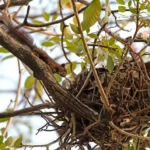Bananas, one of the most widely consumed fruits globally, hold significant economic and nutritional importance. Interestingly, the way bananas reproduce is quite unique and differs from many other fruit-bearing plants. This article delves into the reproduction methods of bananas, focusing primarily on the common commercial varieties that are seedless. Understanding these methods not only provides insight into the plant’s biology but also has practical implications for cultivation and propagation.
Banana Plant Structure
The banana plant, often mistaken for a tree, is actually a large herb. Its apparent “trunk” is not a true stem but a pseudostem formed by tightly packed leaf bases. The true stem, or corm, lies underground and is crucial for the plant’s growth and reproduction. The inflorescence, or flower cluster, emerges from the top of the pseudostem and is pivotal in both sexual and asexual reproduction processes. The distinctive structure of the banana plant plays a key role in its unique reproductive strategies.
Asexual Reproduction: The Primary Method
Asexual reproduction is the predominant method by which most cultivated banana plants propagate. This process involves the development of new plants from suckers, also known as pups, which are shoots that emerge from the plant’s corm. These suckers can develop into fully independent plants when separated from the parent. This method of vegetative propagation ensures that the new plants are genetically identical to the parent plant, maintaining the desired traits of the cultivar. It’s a reliable and efficient way to produce large numbers of banana plants, which is especially important given the lack of viable seeds in most commercial banana varieties.
Sexual Reproduction: A Rare Occurrence
Sexual reproduction in bananas, involving the production of seeds, is a rare phenomenon in cultivated varieties. Most commercial bananas are seedless, a trait developed over thousands of years of selective cultivation. Wild bananas, however, do produce seeds. These seeds are typically large and hard, making the fruit less palatable. The rarity of sexual reproduction in cultivated bananas poses a challenge for genetic diversity and breeding. It limits the plant’s ability to adapt to environmental changes and diseases, as seen in the vulnerability of certain banana cultivars to specific pathogens.
Human Intervention in Banana Reproduction
Human intervention has played a significant role in the evolution and reproduction of banana plants. Traditional breeding programs are limited due to the seedlessness and sterility of most commercial varieties. However, scientists and agriculturists have turned to techniques like tissue culture and genetic engineering to develop new varieties. These methods allow for the introduction of desirable traits, such as disease resistance, without the need for traditional seed-based reproduction. This form of intervention is crucial for maintaining the global banana supply, especially in the face of environmental challenges and disease outbreaks.
Propagation Techniques for Gardeners
For gardeners interested in growing bananas, understanding propagation techniques is essential. The most common method involves separating suckers from the parent plant. It’s important to choose healthy, vigorous suckers and plant them in well-draining soil with adequate sunlight. Regular watering and fertilization are crucial for the young plants to thrive. Gardeners should also be aware of potential pests and diseases that can affect banana plants. With proper care, a banana sucker can develop into a fruit-bearing plant within 12 to 18 months, offering a rewarding gardening experience.
Conclusion
The reproduction of banana plants is a fascinating process that combines natural mechanisms with human ingenuity. While asexual reproduction through suckers is the primary method for propagating commercial banana varieties, the role of sexual reproduction and human intervention cannot be overlooked. These methods ensure the continued cultivation and genetic improvement of banana plants, crucial for sustaining this vital crop. For gardeners, propagating bananas offers a unique opportunity to engage with the intriguing life cycle of these popular and important plants.



